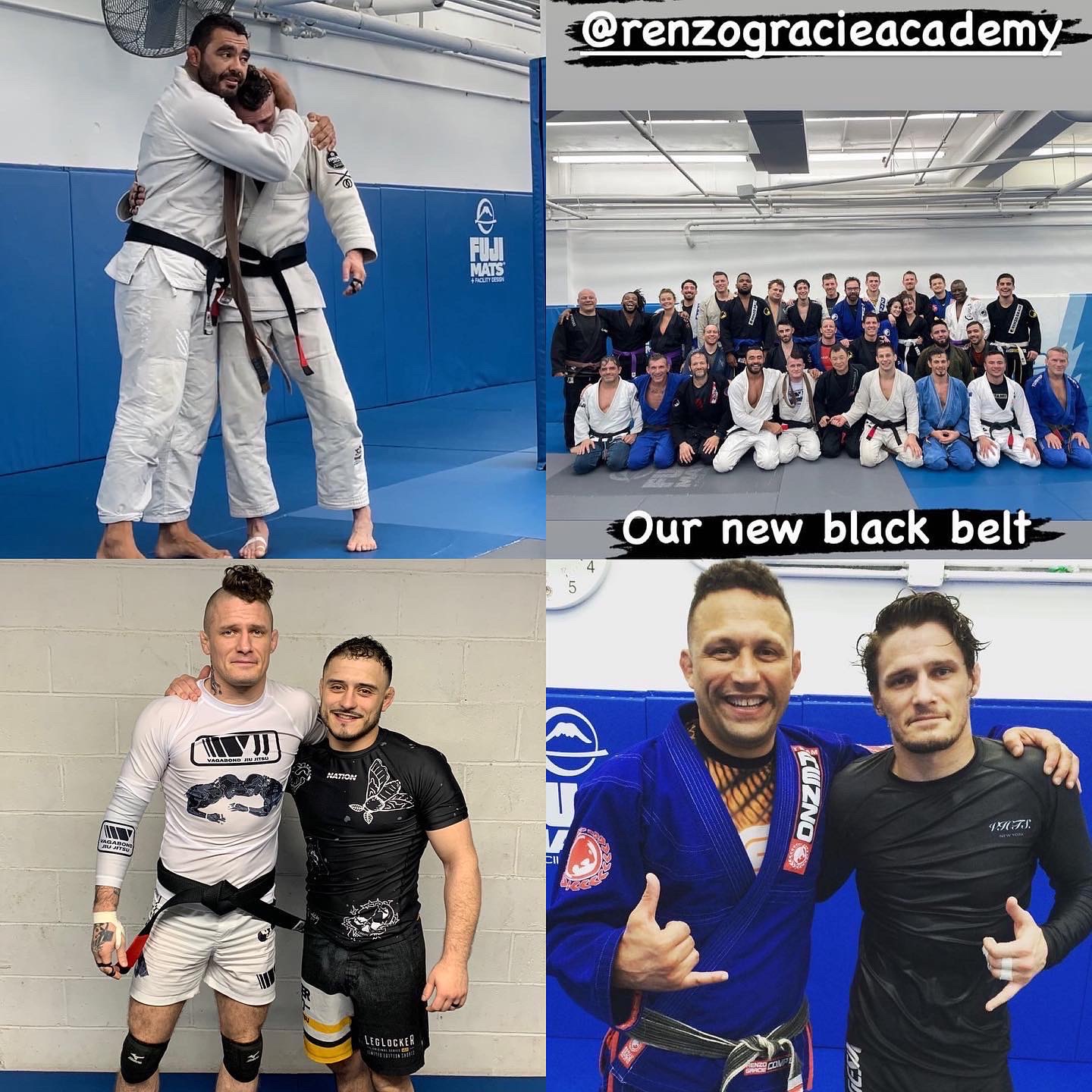It's interesting for a couple reasons: Judo Olympian with limited BJJ Gi Competition experience faces BJJ sport-centric competitor. Conventional wisdom would suggest that Miyao would utilize his Berimbolo and other sport specific positions to give Stevens trouble, but a few very sport specific scoring criteria were really Stevens' only downfall.
Despite limited BJJ competition experience, Stevens shuts down much of the Berimbolo/crab ride style back takes you would expect would give a non BJJ Sport specific competitor trouble, hearkening to a Keenan "Berimbolo doesn't work" type of belief.
Stevens goes "old school" and forces his way to half-guard to pass for the most part. Miyao gets points for rolling out of bounds while attacking a toe hold. After a reset and the points are awarded, Stevens again goes for half-guard and an over/under style pass, utilizing a belt grip before falling back on a toe hold. Miyao comes up on a leg drag, but because Stevens doesn't escape bottom position and try to out Jiu-Jitsu the other Jiu-Jitsu guy and simply gets up, he negates the position. It's a lot like the Ryan Hall quote recently, "just come up on a single leg."
Anyone who's wrestled, played Judo, or competed in Sambo, or fought MMA knows that a lot of the silly ankle grabbing JiuJitsu positions ONLY work if both guys try to out do one another in these positions and refuse to just come up to top/stand up. If Stevens had some more competitive BJJ experience, I expect he would've given Miyao just enough time to come up to top, maintained contact and then reversed him for points, potentially transitioning the takedown into a heavy pass position. With short time and down on points, Stevens steps into guard, and Miyao locks his hands and digs out the leg to then get to the omoplata which he then spins the legs and gets to 50/50. The scores end 2-2, tied advantages apiece, and Miyao wins a decision (I think).

No comments:
Post a Comment